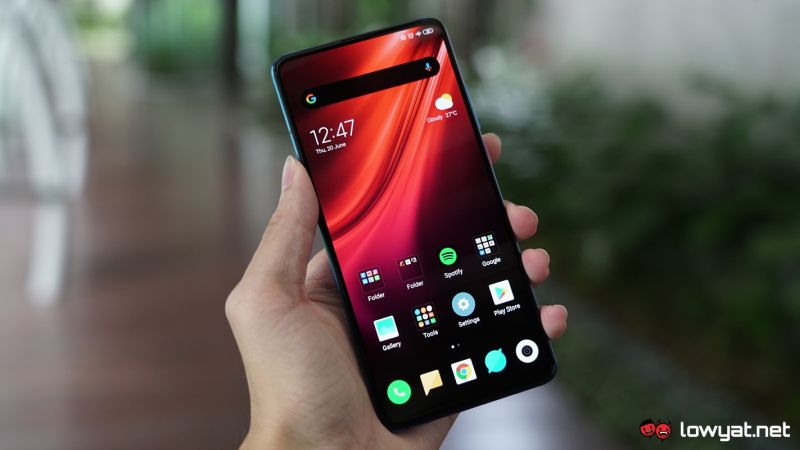Over the last several weeks, rumours and whispers of the Xiaomi Mi 9T floated around online. Many speculated that the phone was nothing more than a rebranded Redmi K20, which had just launched in China around the same time. Today was the Mi 9T’s official launch in Malaysia. Mercifully, I had managed to spend some time with the phone to see just how the new device from the China-based brand holds up.
My first thought upon seeing the phone was just how gorgeous it looks, and I’m not just saying that. Both the front and the back of the Mi 9T show off a very polished look. On the subject of the phone’s back, I find it interesting how Xiaomi made the diffusing pattern for each colour different.

For context, both the read and blue variant showcase a rippling effect that edges out to the side, while the black variant of the Mi 9T shows a simple yet tasteful matte-like design. Almost as if it was mimicking the carbon fibre pattern.
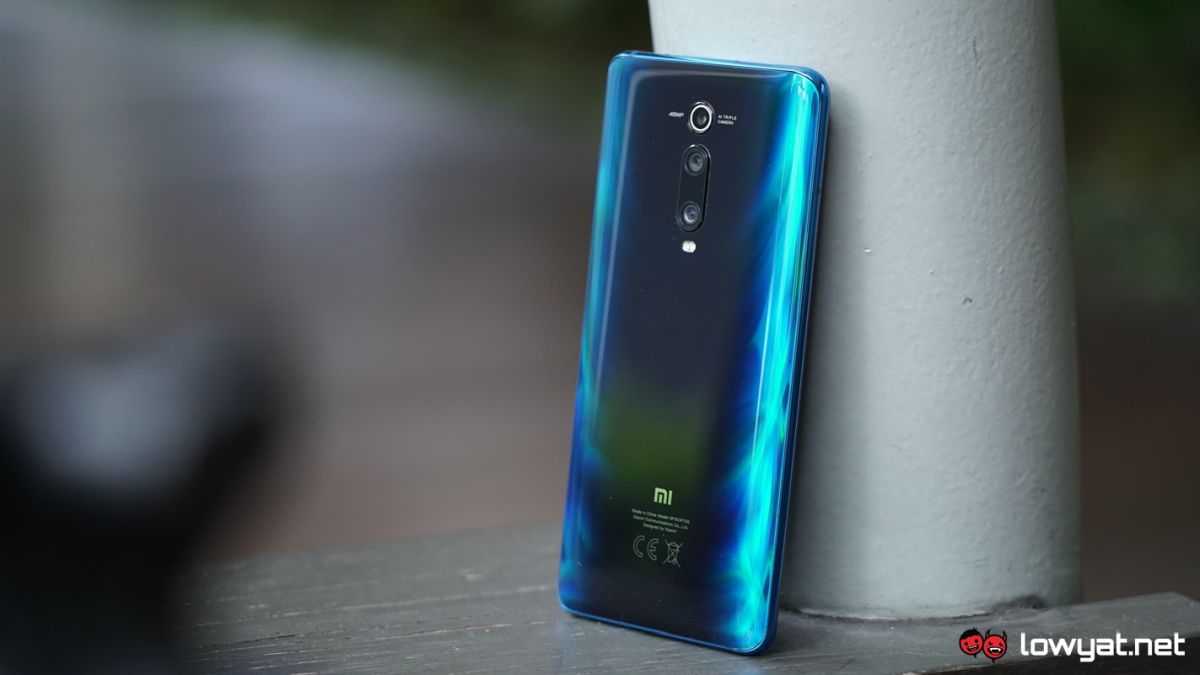
Moving on, the display of the Mi 9T is, as mentioned earlier, just as gorgeous to look at. It’s an edge-to-edge, near bezel-less AMOLED display, and despite measuring in at 6.39-inches, it doesn’t feel cumbersome in my hands. I also like how Xiaomi has managed to keep the bottom chin as thin as possible, making it the second all-display smartphone I’ve personally held. After the OnePlus 7 Pro.
Still on the display, the Mi 9T adopts an in-display fingerprint scanner, which I am able to say is fast and intuitive, provided that your fingers aren’t oily or covered in gunk from your last meal. In which case, you’ll probably be bungling your way through the security feature, rather than actually accessing it quickly. There’s also the fact that the display is free from the dreaded notch, but more on that later.
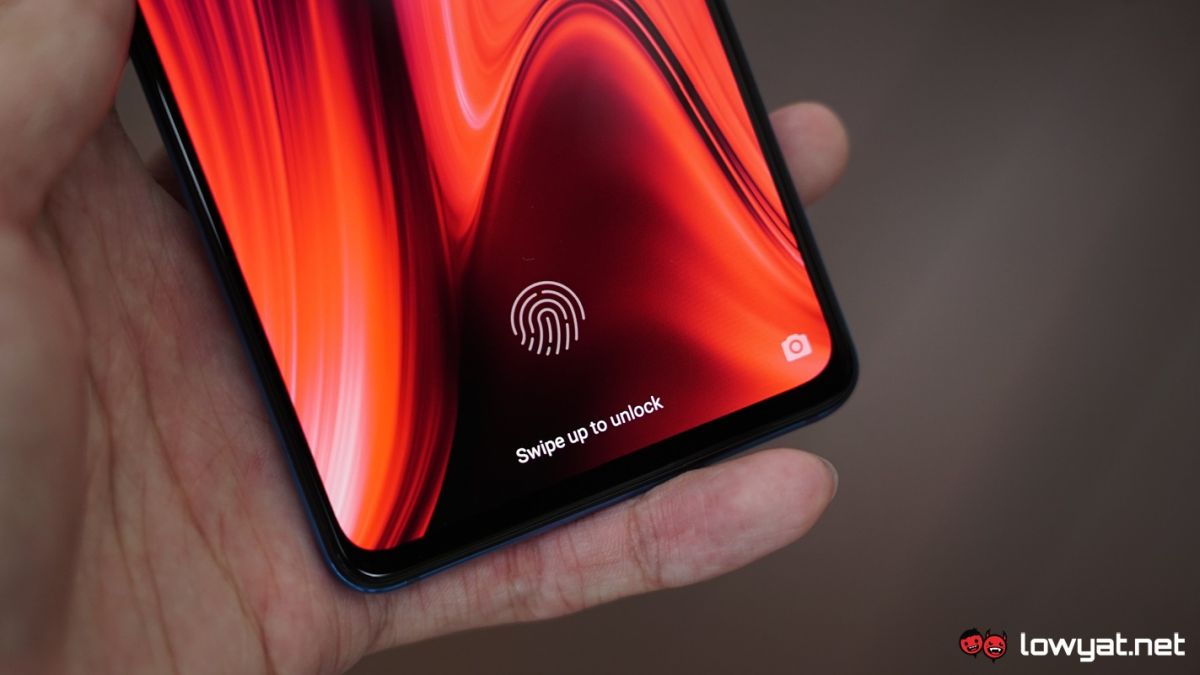
Beneath the hood, the Mi 9T is rocking a Qualcomm Snapdragon 730 SoC that has been clocked at 2.2GHz, and 6GB of DDR4X RAM, making it a very zippy phone. And don’t let the mid-range moniker fool you; despite being a member of Qualcomm’s Snapdragon 700 series family, the Snapdragon 730 still brings on most of the benefits and features that you would expect from the brand’s top of the line Snapdragon 800 series. Storage for the Mi 9T comes in two capacities, 64GB and 128GB.
Oh, and lest I forget, the phone is powered by a sizable 4000mAh battery. Xiaomi also says that it has improved the audio quality with the Mi 9T, but sadly, I was not able to test out if that was true just yet.
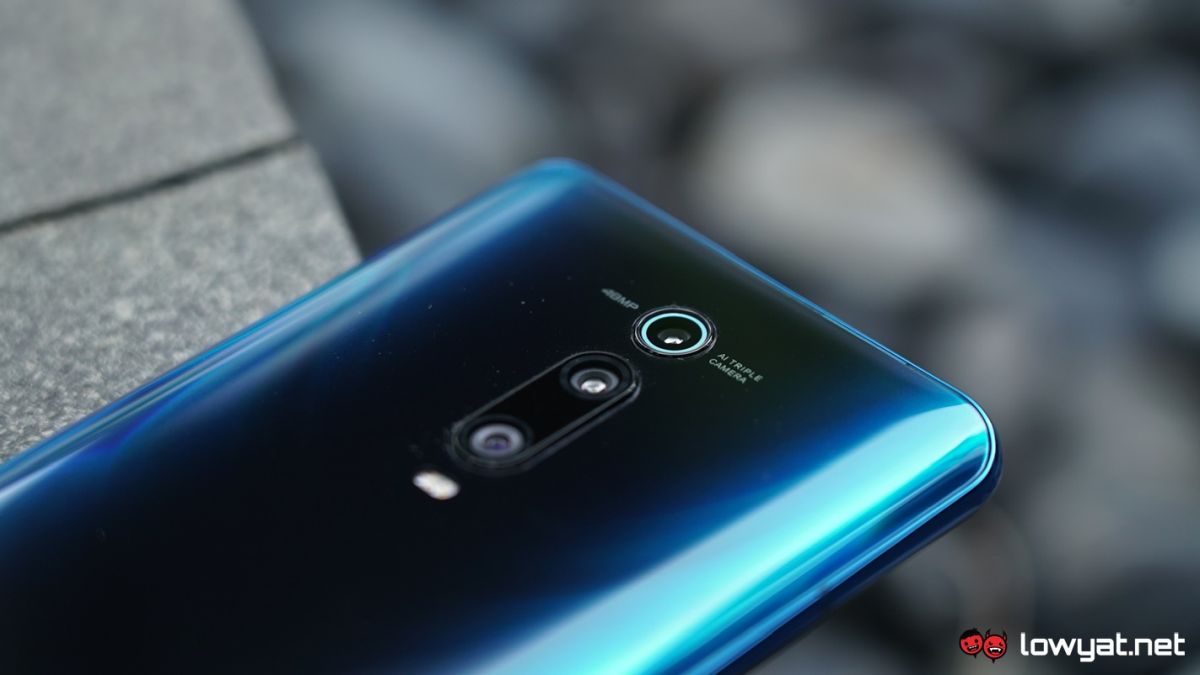
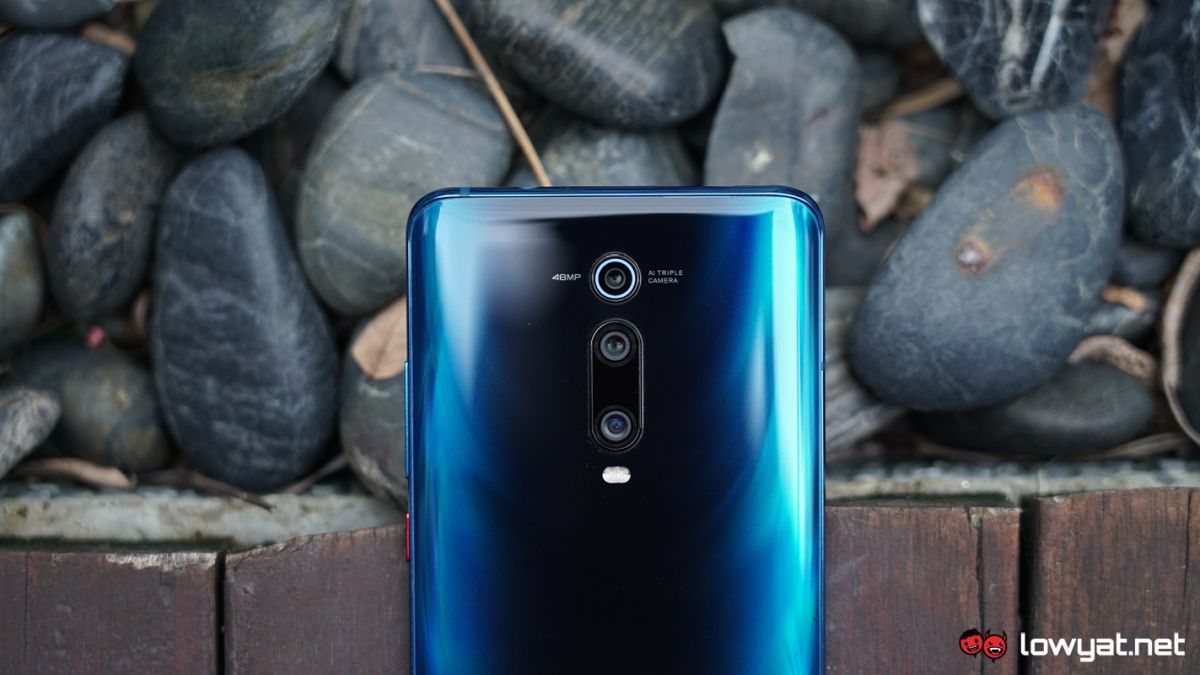
Then there’s the main triple-camera setup at the rear of the Mi 9T. It’s an area where the phone itself more or less dominates, for the simple fact that there aren’t many mid-range smartphones that actually have a triple-camera lineup as their main array. Even more enticing is the fact that one of the sensor is the 48MP Sony IMX586 sensor. Getting into the specifics, the main camera of the Mi 9T comprises a 48MP f/1.75 sensor, a 13Mp f/2.4, and an 8MP f/2.4 telephone lens.
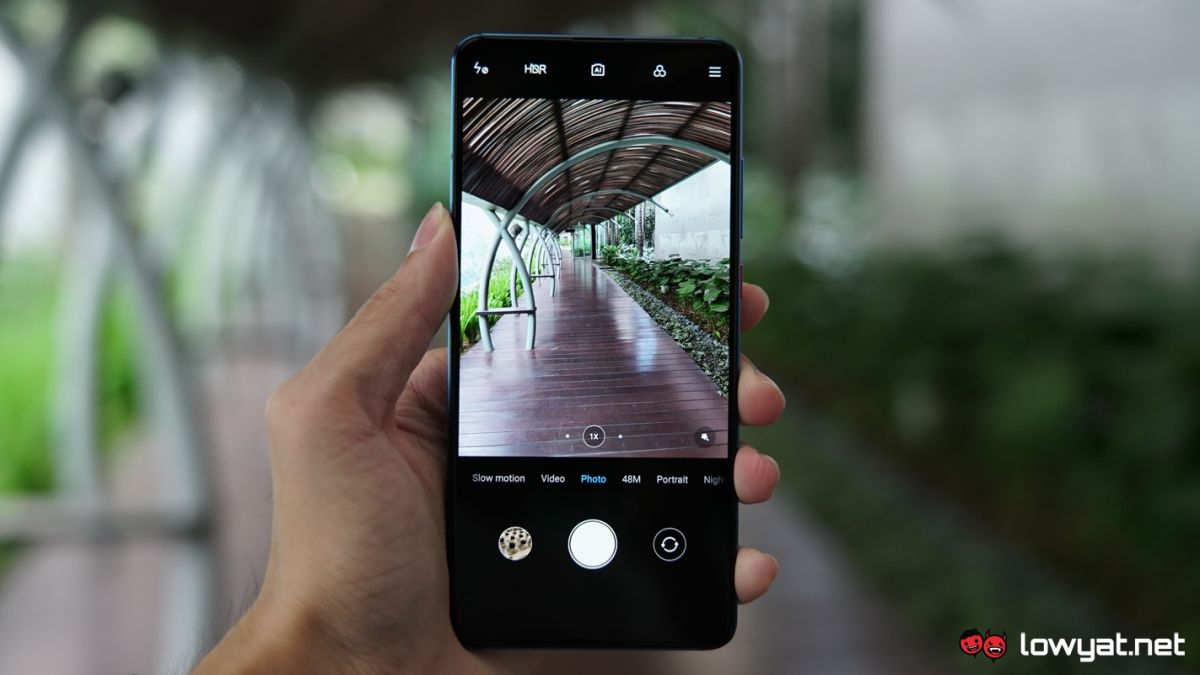

At this point, I haven’t managed to play a lot with the phone’s camera, but from my brief encounter with it, colours in the pictures taken are not as saturated as some other camera do. Specifically, they look more lifelike and truer to what you would normally see, while still retaining a high level of detail.
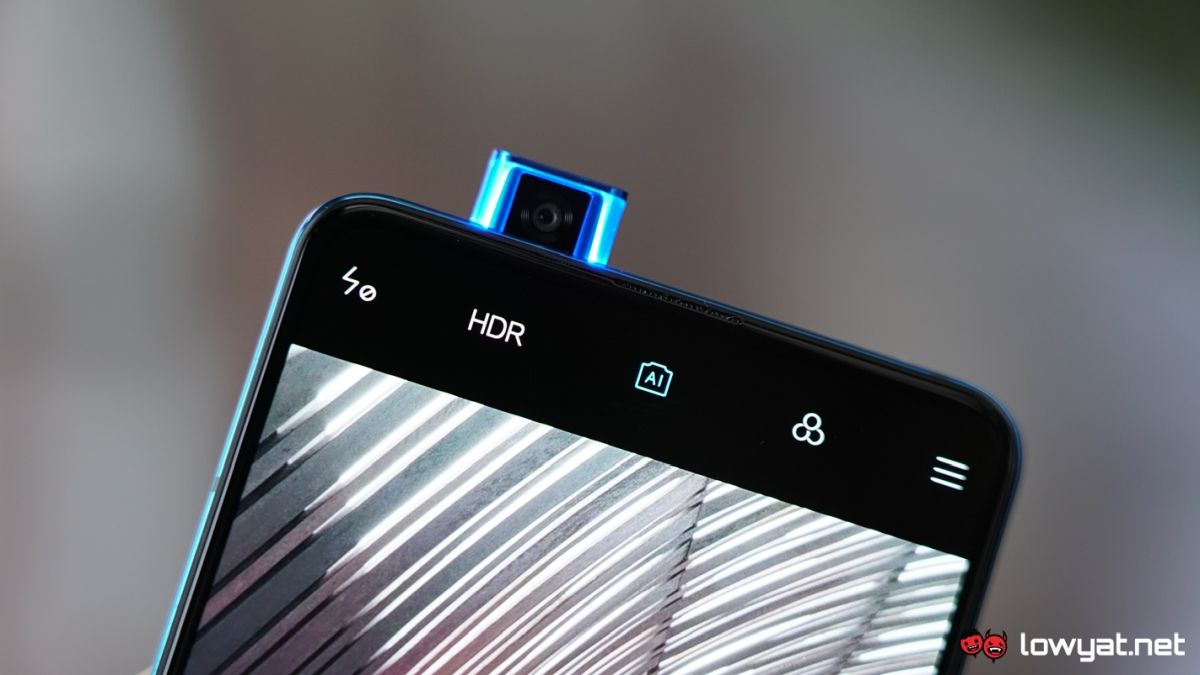
But what I applaud Xiaomi for, above all else, is for finally moving forward and keeping its display free from the feature that is the horrid trend that is the notched display. In order to maintain the all-display illusion with the Mi 9T, the company uses a motorised 20MP pop-up selfie camera. Xiaomi has also gone ahead to personalise the feature, installing LED into the sides of the phone.
Just to be clear, the LED merely indicates that feature is active, and isn’t designed to act as a forward-facing LED flash for selfies. Oh, and like the different design for different colour variants, the colour of the LED also differs. The blue and red variants have LEDs that glow blue, while the black variant has LEDs that glow red.
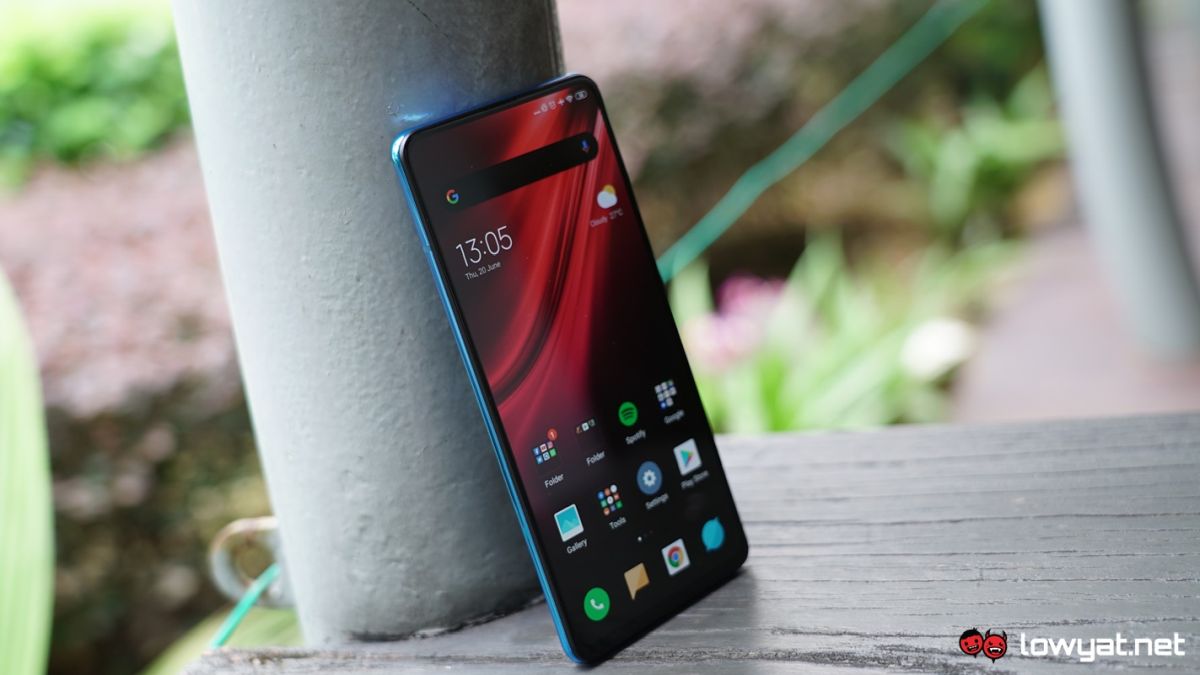
In terms of software, the phone runs on Android 9.0 Pie with the brand’s latest version of MIUI running on top of it. On a side note, I am told that there is a beta version of Android Q already in circulation among beta testers. Despite the mid-range chipset, the phone feels fast responsive. Apps open up instantly and switching between tabs and programs shows no signs of lagging.
At a starting price point of RM1099, and with so many premium-grade features and hardware, it’s understandable why many are calling this phone the new flagship killer. But I’m not jumping the gun just yet. In any case, we’re still not done with the phone, so look forward to the full review.
Follow us on Instagram, Facebook, Twitter or Telegram for more updates and breaking news.


